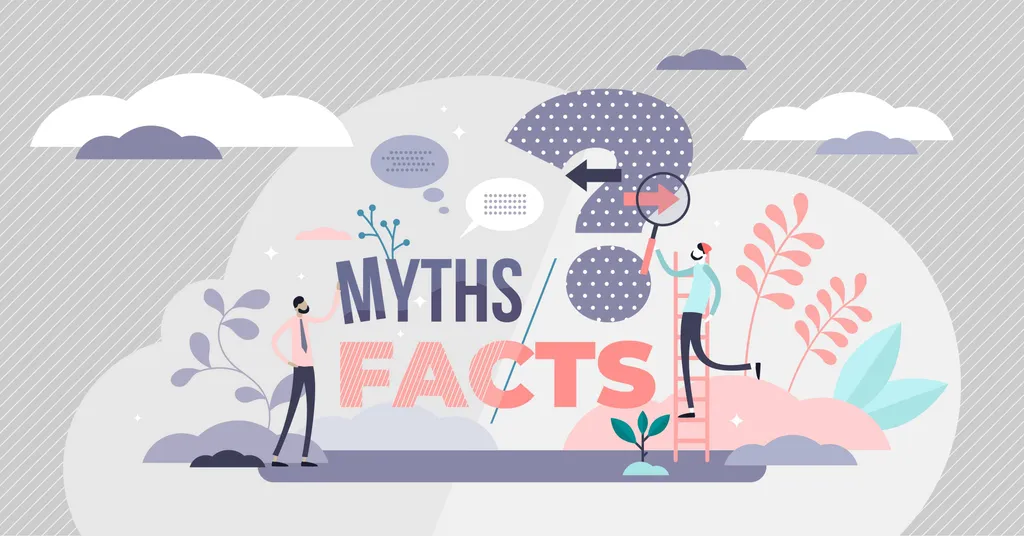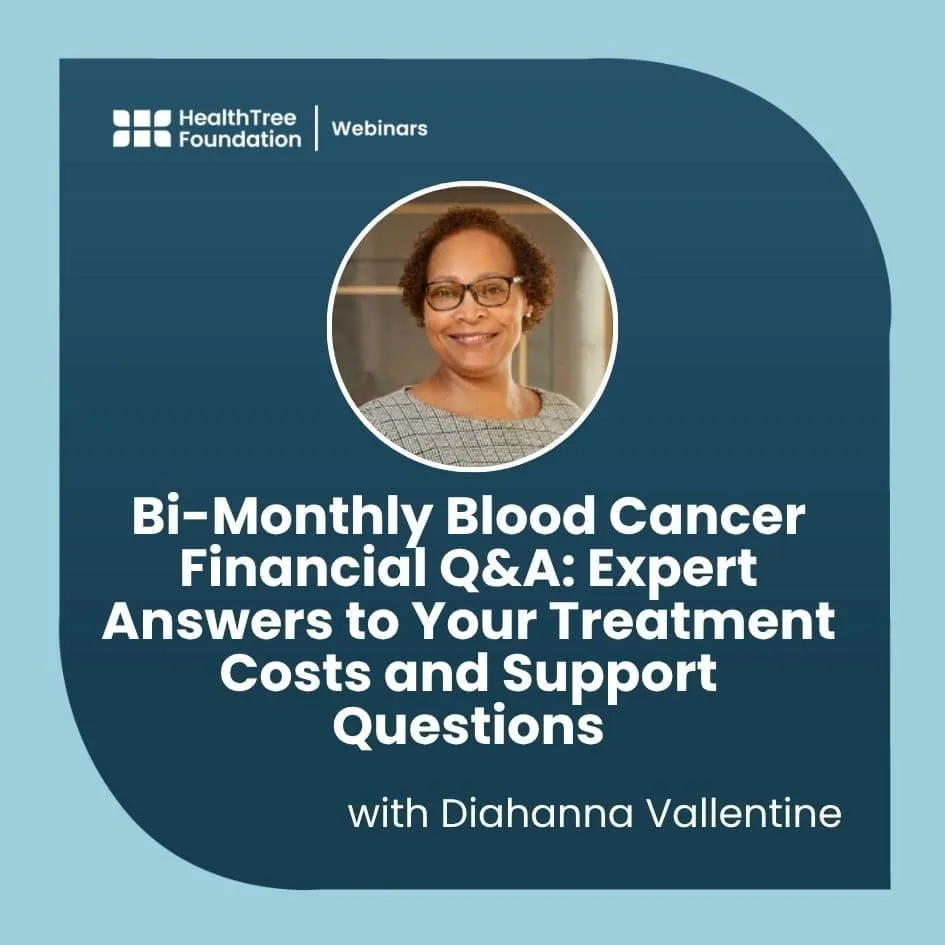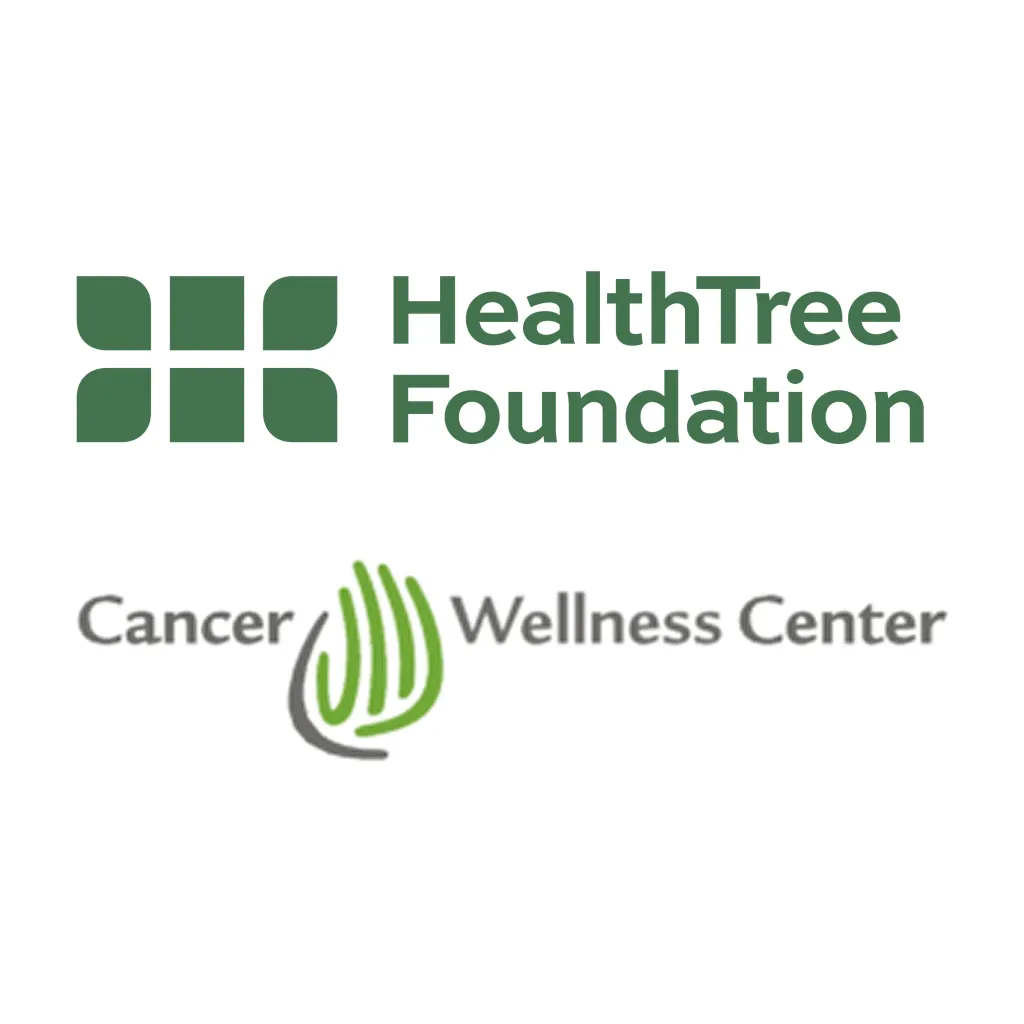The Myeloma Crowd: Visualizing an Impossible Future

BY GREG BROZEIT When I traveled around the country to meet with myeloma support groups in the early 2000s, part of my stump speech included information about the coming genomic revolution in cancer treatment. People often looked at me skeptically. They generally responded, “It’s all interesting, but this is so far off into the future. It won’t affect me.” I pulled out a fact from my ever-growing bag of useless trivia to convince them this future was coming soon and it mattered to them. I asked, “Can anyone here tell me how many pages were on the internet on the day the Bill Clinton was inaugurated president?” Usually I was met with puzzled looks; what does that have to do with anything? I answered my question, “Fifty…there were fifty pages on the internet in January 1993. I doubt anyone here would doubt the internet has not only changed our lives, but now we really can’t imagine a world without it. That was less than ten years ago. In January 1993, I doubt anyone here could have completely grasped concepts like ‘electronic mail,’ ‘online shopping,’ or ‘search engines.’” My point was, if you were a cancer patient, genomics would also be an integral part of your thinking sooner and deeper than anyone could dream. At that time, the Human Genome Project was just beginning to be appreciated by non-scientists. In myeloma, Bart Barlogie was pioneering the use of gene expression profiling (GEP) to classify subsets of myeloma patients. I remember sitting next to Morie Gertz at an IMF Patient & Family Seminar in Atlanta as he listened to Dr. Barlogie’s talk about applying GEP to diagnosis and treatment of individual patients. I leaned over to Dr. Gertz and said, “Five years ago, you guys really didn’t understand this very well did you?” “Not really.” “Now you couldn’t imagine doing your work without it, could you?” “Not at all, we’re all working on this now.” Thanks to advances in GEP, classifications of low- and high-risk disease and terms like minimal residual disease (MRD) are now commonplace in the myeloma community. Today patients are even familiar and conversant with terms like del17p, p53, t(14;16), or t(14;20). The Myeloma Crowd’s website list links to no less than nine Facebook groups devoted exclusively to genetically classified subgroups of myeloma patients. For members of the North Texas Myeloma Support Group, Yelak Biru has set up a secure feature on their website that allows members with specific genetic markers to seek out others for advice and support. Myeloma Crowd Radio programs and transcripts provide more accessible information to underserved subgroups of myeloma patients (as well as the clinicians and researchers). Consider the current round of interviews with each of the ten finalists of the Myeloma Crowd Research Initiative (MCRI). The list of the finalists is an indication that researchers are taking it seriously. It is legitimate. The interviews provide opportunities for anyone to ask questions and be part of the process—all which adds up to more patients being able to make informed decisions. There is no question that the MCRI is a work in progress. But what in the world of myeloma is not? The current and future prospects for The Myeloma Crowd will be measured by how accessible complex information will be for the patient community. Once the two recipients for the crowdfunding efforts are announced and funded, the more it should be supported by the grassroots. Ten-to-fifteen years ago I implored myeloma patients to envision a future when genomics would be an integral part of their therapeutic journeys. The rising impact of the internet and the patient resources it fostered have helped many to understand and benefit from this change. But it has also created newer subgroups that—although they share many things with the larger community—have distinct issues and challenges to face. The MCRI is another important part of this evolution. Through it, The Myeloma Crowd is asking patients everywhere to imagine a revolutionary future when patients as consumers closely monitor and participate in designing research programs to address neglected or new opportunities. In my next two articles, I will discuss how the recent history of cancer research has made this approach more attractive and how each finalist of the MCRI helps visualize a future few can comprehend today but will certainly be commonplace sooner rather than later.
BY GREG BROZEIT When I traveled around the country to meet with myeloma support groups in the early 2000s, part of my stump speech included information about the coming genomic revolution in cancer treatment. People often looked at me skeptically. They generally responded, “It’s all interesting, but this is so far off into the future. It won’t affect me.” I pulled out a fact from my ever-growing bag of useless trivia to convince them this future was coming soon and it mattered to them. I asked, “Can anyone here tell me how many pages were on the internet on the day the Bill Clinton was inaugurated president?” Usually I was met with puzzled looks; what does that have to do with anything? I answered my question, “Fifty…there were fifty pages on the internet in January 1993. I doubt anyone here would doubt the internet has not only changed our lives, but now we really can’t imagine a world without it. That was less than ten years ago. In January 1993, I doubt anyone here could have completely grasped concepts like ‘electronic mail,’ ‘online shopping,’ or ‘search engines.’” My point was, if you were a cancer patient, genomics would also be an integral part of your thinking sooner and deeper than anyone could dream. At that time, the Human Genome Project was just beginning to be appreciated by non-scientists. In myeloma, Bart Barlogie was pioneering the use of gene expression profiling (GEP) to classify subsets of myeloma patients. I remember sitting next to Morie Gertz at an IMF Patient & Family Seminar in Atlanta as he listened to Dr. Barlogie’s talk about applying GEP to diagnosis and treatment of individual patients. I leaned over to Dr. Gertz and said, “Five years ago, you guys really didn’t understand this very well did you?” “Not really.” “Now you couldn’t imagine doing your work without it, could you?” “Not at all, we’re all working on this now.” Thanks to advances in GEP, classifications of low- and high-risk disease and terms like minimal residual disease (MRD) are now commonplace in the myeloma community. Today patients are even familiar and conversant with terms like del17p, p53, t(14;16), or t(14;20). The Myeloma Crowd’s website list links to no less than nine Facebook groups devoted exclusively to genetically classified subgroups of myeloma patients. For members of the North Texas Myeloma Support Group, Yelak Biru has set up a secure feature on their website that allows members with specific genetic markers to seek out others for advice and support. Myeloma Crowd Radio programs and transcripts provide more accessible information to underserved subgroups of myeloma patients (as well as the clinicians and researchers). Consider the current round of interviews with each of the ten finalists of the Myeloma Crowd Research Initiative (MCRI). The list of the finalists is an indication that researchers are taking it seriously. It is legitimate. The interviews provide opportunities for anyone to ask questions and be part of the process—all which adds up to more patients being able to make informed decisions. There is no question that the MCRI is a work in progress. But what in the world of myeloma is not? The current and future prospects for The Myeloma Crowd will be measured by how accessible complex information will be for the patient community. Once the two recipients for the crowdfunding efforts are announced and funded, the more it should be supported by the grassroots. Ten-to-fifteen years ago I implored myeloma patients to envision a future when genomics would be an integral part of their therapeutic journeys. The rising impact of the internet and the patient resources it fostered have helped many to understand and benefit from this change. But it has also created newer subgroups that—although they share many things with the larger community—have distinct issues and challenges to face. The MCRI is another important part of this evolution. Through it, The Myeloma Crowd is asking patients everywhere to imagine a revolutionary future when patients as consumers closely monitor and participate in designing research programs to address neglected or new opportunities. In my next two articles, I will discuss how the recent history of cancer research has made this approach more attractive and how each finalist of the MCRI helps visualize a future few can comprehend today but will certainly be commonplace sooner rather than later.

about the author
Greg Brozeit
Greg Brozeit has been with the HealthTree Foundation since 2015 when he began volunteering for the Myeloma Crowd. Prior to that he worked with Dr. Bart Barlogie and the International Myeloma Foundation, inaugurating many myeloma patient advocacy and education programs.
More on Navigating Your Health
Trending Articles




Get the Latest Multiple Myeloma Updates, Delivered to You.
By subscribing to the HealthTree newsletter, you'll receive the latest research, treatment updates, and expert insights to help you navigate your health.
















